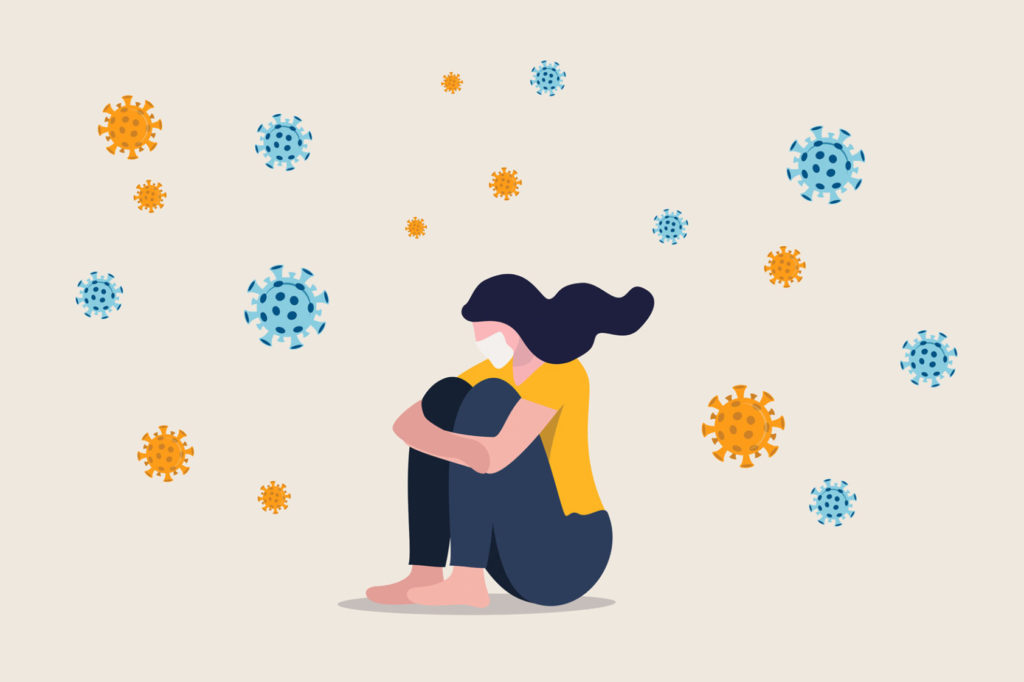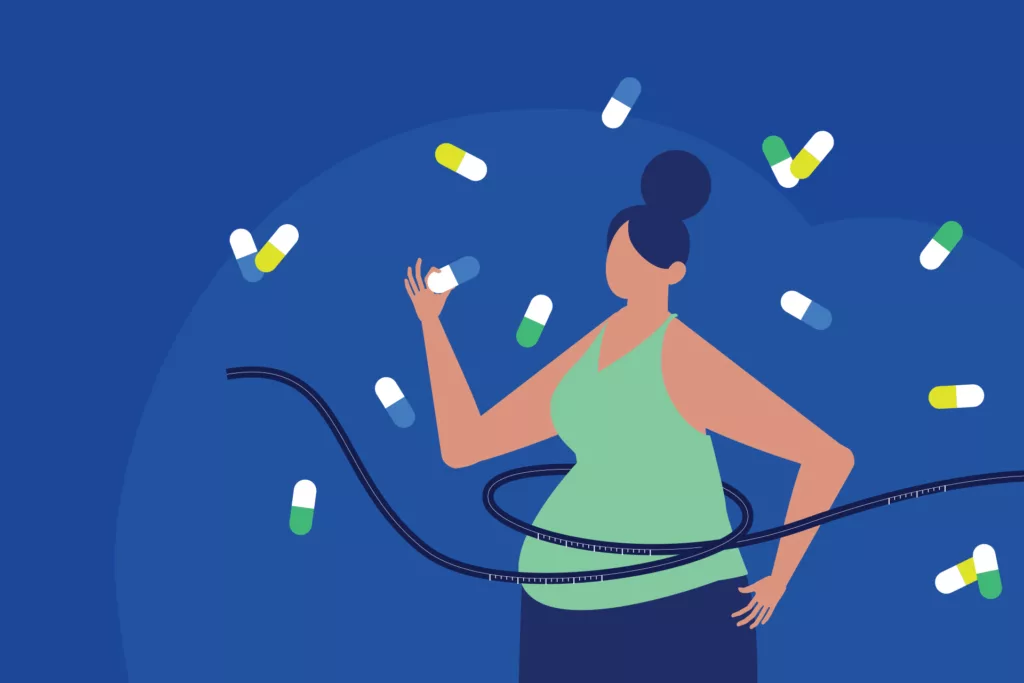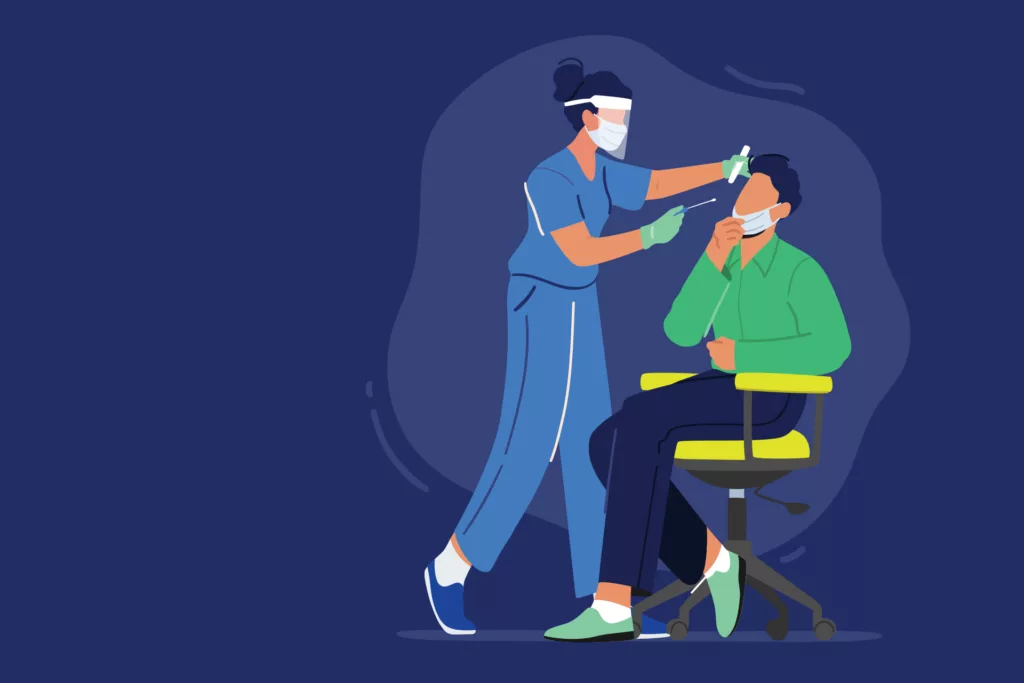As the COVID-19 Pandemic continues to sweep across the US, it seems there are new updates on the healthcare front every day. It’s also important to observe how current treatments, vaccines, testing, and the state of the medication supply chain are following cause and effect patterns familiar to previous pandemic outbreaks.
Where are we in the cycle?
Treatment – With no FDA approved drugs proven to be safe and effective for treating COVID-19 infections, many have turned to existing therapies approved for other indications based on their antiviral or anti-inflammatory properties. Predictably, this is causing a run on these drugs—both in the acquisition of them for treating COVID-19, and by PBMs relaxing refill limits and encouraging stockpiling from regular users. These shortages will fluctuate over time as treatments may fall out of favor and other drugs are discovered to have beneficial effects. PBMs will continue to monitor supply chain issues to alleviate stockpiling.
Testing— As the US and many parts of the world start planning to ease restrictions and reopen the economy, COVID-19 testing will be an important part of the plan. Not only has the availability of these tests been a concern, but now the quality and accuracy of some of these tests have come into question.
Vaccines— We’ve all heard that researchers are working hard on a COVID-19 vaccine and that it might be available in 12-18 months. Many experts have warned that this is an aggressive timeline as vaccines usually take years to develop. The difference this time is that manufacturers and countries are coming together in an unprecedented fashion to come up with a vaccine. Once a vaccine is approved, another obstacle is producing enough vaccines for the world. In the past, development of manufacturing capabilities wouldn’t begin until the vaccine is approved. Given the unprecedented number of people that will need this vaccine, manufacturers of leading vaccine candidates will produce the vaccine at risk, which means significant resources will be used to produce a vaccine that may not work. This will allow for quicker distribution if it’s approved. Funding from governments and organizations such as the Bill & Melinda Gates Foundation will help pay for the eventual losses from producing vaccines that don’t pan out.
Treatment/Supply Chain
Research for treatment is ongoing; however, providers can prescribe investigational drugs or existing drugs approved for other indications through several pathways, including Emergency Use Authorizations (EUA), Emergency Investigational New Drug (EIND) applications, compassionate use programs through drug manufacturers, and/or off-label use. Many have turned to existing therapies approved for other indications based on their antiviral or anti-inflammatory properties. Our last newsletter reviewed the use and cost of some of these drugs. Much has changed within a month and we would like to provide an update.
Remdesivir – Remdesivir (Gilead) headlines have been coming in fast and furious. On April 23rd, the World Health Organization (WHO) accidently posted a draft study summary from a clinical trial in China that seemed to show remdesivir may not be effective in COVID-19. This trial was terminated prematurely because they could not enroll enough patients in the study. The draft summary was not peer reviewed and has since been removed. On April 29th, Gilead announced topline results from a Phase 3 randomized clinical trial that showed positive results for both 5- and 10-day treatments. Even though Dr Anthony Fauci, the top US infectious disease official, said that Gilead’s will be the “standard of care” in treating this disease, it is not a cure. The study shows treatment may accelerate the recovery time sooner than those who didn’t take the drug. On May 1st , the FDA issued an EUA for emergency use of remdesivir to treat some hospitalized COVID-19 patients. In anticipation, Gilead has been scaling up its supply chain. Gilead recently signed licensing agreements with 5 generic manufacturers in India and Pakistan to produce remdesivir for 127 countries. The Department of Health and Human Services (HHS) clarified that Gilead has committed to sending 1.5 million doses worldwide, which includes 607,000 to the US through the HHS. Remdesivir would be administered intravenously in a hospital setting.
March 28, 2020 hydroxychloroquine and chloroquine were approved to treat COVID-19 patients through the EUA for use in a hospital setting where a clinical trial is not available. A lot has happened since then. Positive results from early studies along with endorsements by high profile individuals caused a run on these drugs. The shortage on hydroxychloroquine has especially impacted Lupus and rheumatoid arthritis patients as some rheumatologists have reported that these patients are having difficulty obtaining this drug which has been approved for those conditions. Many PBM’s are managing this issue through quantity limits and/or prior authorizations. The FDA has recently issued a warning that these drugs can cause serious heart side effects and should only be used in a hospital setting or clinical trials. The risk of these heart issues can increase if hydroxychloroquine is combined with azithromycin, which is why NIH COVID-19 Treatment Guidelines state this combination is only recommended in clinical trials. Since the EAU for certain hospitalized individuals, new data has come in from recent studies which suggests hydroxychloroquine shows no benefit in COVID-19 patients. These recent events have caused hydroxychloroquine claims to drop sharply these past couple of weeks. A large randomized trial in the US called ORCHID should give us a clearer picture of hydroxychloroquine’s effectiveness, but we won’t get the results until the middle of 2021.
There has been interest in the use of IL-6 (interleukin-6) inhibitors, which are commonly prescribed to treat rheumatoid arthritis (RA), to treat COVID-19 patients with severe respiratory symptoms. A small, non-randomized trial in China showed Actemra to be an effective treatment in patients with severe COVID-19. Patients received a single 400mg dose of Actemra (tocilizumab). AWP for tocilizumab 400 mg is $2765. The makers of Actemra and Kevzara have initiated clinical trials to evaluate the efficacy of these IL-6 inhibitors. Fortunately, there are other options in the autoimmune class of drugs to treat RA in case there is a run on these drugs, but we should keep an eye on these clinical trials.
The updated NIH COVID-19 Treatment Guidelines have now recommended against using lopinavir/ritonavir (Kaletra) or other HIV protease inhibitors for COVID-19 treatment because of unfavorable pharmacodynamics and negative clinical trial data. They are only to be used in clinical trials.
There have been reported shortages of albuterol inhalers throughout the country due to the COVID-19 pandemic. Many factors contributed to this shortage. Hoarding and supply limitations from Indis were some of the causes which has since been resolved. A major cause of this shortage is increased usage in hospitals. In order to prevent spreading COVID-19, hospitals have moved away from using nebulizers, and are using Albuterol inhalers as the treatment of choice to manage respiratory issues that are common in COVID-19 patients. The earlier efforts of PBMs to ensure patients don’t run out of chronic medications, such as PBMs relaxing early refill restrictions and encouraging existing patients to get 90-day supplies filled, has exacerbated the shortage. PBMs continually monitor their supply chains and have successfully addressed short supply situations. Rescue inhalers are a heavily managed drug category. Some PBMs have opted to loosen formulary restrictions in this category to ensure patients have access to this vital drug. Additionally, the FDA’s February 2020 approval of a generic version of ProAir (an albuterol product) may help lessen demands on the supply.
Testing
There are two different types of COVID-19 tests. Viral tests will tell you if you have COVID-19, while antibody tests will tell you if you had the infection. There are ongoing issues with both these tests.
Although supplies are increasing, the availability of COVID-19 viral testing is still an issue. Getting drive-thru appointments to get tested are difficult and many people fear getting infected while going into clinics or hospitals to get tested. The FDA recently approved the first COVID-19 at-home diagnostic test. This testing kit, developed by LabCorp’s Pixel, will allow patients to self-swab, return the sample via FedEx, and get the results online. LabCorp plans to make the kit available to everyone in the near future but are giving priority to health care workers and first responders first. This kit is not available in MD, NJ, NY, and RI, due to state restrictions. The cost of the kit is $119. Coverage varies from payer to payer, but some have stepped up to pay for treatments up front if they meet criteria.
As the FDA loosened regulations to get more antibody tests approved, the quality and accuracy of the tests have come into question. There are over 200 antibody tests on the market, but only a dozen tests are currently authorized by the FDA through the EUA. To combat fraud and improve the quality of the antibody tests, the FDA updated their policy on May 4th to require all manufacturers get their antibody tests authorized through the EUA. In addition, the FDA has provided performance thresholds for these tests. The FDA has recently authorized a viral test developed by Roche, which boasts a 99.8% accuracy in ruling out the presence of antibodies, and 100% accuracy in detecting them. The Elecsys® Anti-SARS-CoV-2 serology test requires an intravenous blood draw which Roche says is more accurate than the finger-prick tests. Antibody tests validate whether a patient has had COVID-19 and developed antibodies. The question is whether having antibodies actually provides immunity to COVID-19. While many infectious disease experts believe there is high probability it does, COVID-19 is still too new to get a definitive answer. So even if antibody testing gets more accurate, more studies have to be done to see if having COVID-19 actually means one is immune from further infections and if so, how long that immunity lasts.
Vaccines
According to the World Health Organization, there are over 60 COVID-19 vaccine candidates in development. Several vaccine candidates are already in Phase I with human volunteers. One of the first vaccine candidates to enter clinical trials in the US is being developed by Moderna. Moderna is developing a vaccine with novel technology that relies on the genetic material mRNA. In conjunction with clinical trials, Moderna has partnered with Lonza, in a manufacturing agreement which can start batch production as early as July. They claim they have the potential to produce one billion doses. Other manufacturers, such as Pfizer, Astra Zeneca, Inovio have also entered Phase I clinical trials. Similar to Moderna, the larger manufacturers are also working to scale up production before their vaccine candidates are even proven to be safe and effective.
Impact on Drug Spend
Drug benefit utilization for many plan sponsors increased in March and April related to COVID-19. Most PBMs note increases in 90-day supply prescriptions in mid-March through mid-April, which have subsequently subsided. We’ve also seen increases in short supply (14 day or less) claims for hydroxychloroquine spike during the same time frame and the same subsequent subsiding. After this initial spike, we’ve seen prescription drug claims drop significantly most likely due to the increased number of 90-day supply orders filled the previous months and people losing their jobs because of the lockdowns. Two additional therapeutic areas showing increased new prescriptions are medications to treat anxiety and depression.
There’s been a lot of talk about a 12 – 18-month timeline to get a vaccine approved, but a lot of scientists are warning that is a best-case scenario. The focus in the near future is to get an adequate supply of tests that are accurate, and to find effective treatments for patients already infected with COVID-19. In the meantime, we will see an increase in home delivery & mail order for all types of healthcare. Technology will evolve to make these processes more efficient. PBMs and payers will continue to monitor how the existing and emerging treatments will impact the pharmaceutical supply chain for existing medications.MayMthrd







